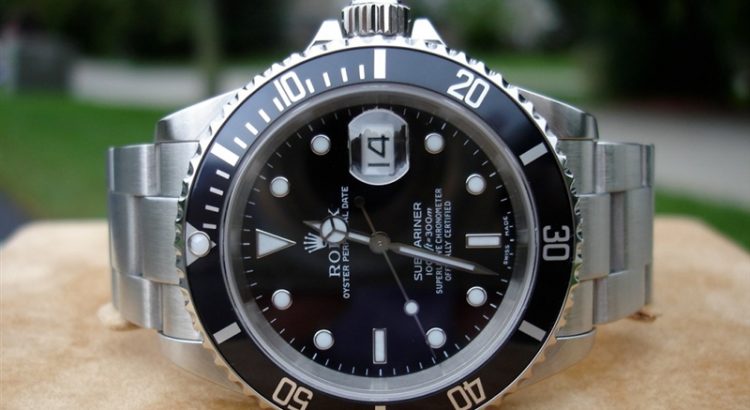The novel unfolds in a stylized, cold tone, revealing Bateman to be a serial killer, necrophiliac, and cannibal who occasionally feeds on the decaying entrails of his victims. Set to a soundtrack by Huey Lewis and the News, Bateman’s murders are truly chilling in their depravity. He kills a five-year-old in a penguin habitat at the Central Park Zoo and does something all too vile to a prostitute who uses hungry rats. In short, this is a very evil guy.
Of course, it helps that most people’s familiarity with the character is limited to this movie, a satirical black comedy about the terminal shallowness of 1980s New York. But the real reason Bateman became a cultural reference point was that he became the first poster boy for a particular form of male narcissism.
“Is there a little bit of Patrick Bateman in all of us,” Mr. Porter asks in an article to tie in with “American Psycho: The Musical”? They weren’t referring to his homicidal tendencies, either. When the book was released in 1991, Bateman’s portrayal of a Wall Street banker was one of the first image-conscious male faces to become mainstream. Bateman worked out fiercely (1,000 sit-ups a day) and religiously followed a nine-step skincare regimen. While his self-care rituals were exaggerated to the extreme, what they showed at the time was a rare example of a man willing to take serious care of his appearance. Anyone who has flipped through GQ or Men’s Health will know that today, it is not only acceptable for a man to take care of himself but to some extent, it is expected.
The most obvious manifestation of all this is Bateman’s morbid obsession with designer brands. Throughout the book, more than 36 clothing brands are mentioned – Armani alone is mentioned 57 times. The clothes worn by each of the characters are constantly listed and used to justify the rabid materialism of a culture in which value depends on superficial appearances. American Psycho is a cold-eyed treatise on commodity fetishism. It reminds us readily of Bateman’s watch.
Of course, this has to be fake Rolex, a brand mentioned 26 times in the book, the third most mentioned brand after Armani and Ralph Lauren. More specifically, it’s a Rolex Datejust 16013, a great choice for the pinstriped wrist of a 1980s banker.
Recently, two-tone watches have experienced a revival of sorts. Under the influence of nostalgia, their inherent sparkle has moved into the playful ironic realm of vintage cool. But make no mistake: they couldn’t be more ’80s if they were wearing a Walkman and Reebok Pumps.
In the Datejust’s exterior color scheme, a gold fluted bezel surrounds a gorgeous brocade dial, adding real depth and shine. the Jubilee strap also works well for Bateman, being more classy than the standard Oyster strap, a salient detail of one-upmanship that he would inevitably relish.
Famously, however, Rolex wasn’t happy with this product positioning. They used the influence that only one of the world’s most powerful brands has to find a way to remove the brand’s name from the film. There is a scene in the book where Bateman is with two prostitutes and he says the phrase: “Don’t touch the Rolex”. In the film, the phrase had to be changed to.” Don’t touch that watch.”
None of this is Rolex’s fault. Many brands get caught up in negative associations – one thinks of how Burberry’s checkered hat was embraced as the headgear of choice for British soccer hooligans in the 1990s. The fact that Rolex gold replica watches are icons of conspicuous consumption may be a brand strength rather than a weakness. The overt nature of this statement may not be to everyone’s taste. But it shows how the brand is inseparable from the notion of modern success.
The problem with Patrick Bateman’s Datejust is not whether it will make Rolex the watch of choice for serial killers. The real issue is that his raucous sponsorship of the brand makes Rolex the logical choice for the ultra-mercenary and materialist. This may be the inevitable price of Rolex’s phenomenal success, but as the old adage goes: heavy is the head that wears the crown.
